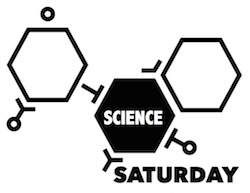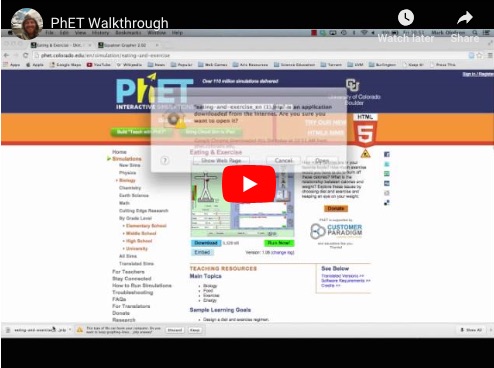 Here at the Tarrant Institute, we have spent years focusing on the unique characteristics of young adolescent learners. Many of our values and practices are aligned with or adopted from the essential attributes and characteristics of effective middle grades education as outlined by the Association for Middle Level Education. Here in Vermont, we see many of these values being in line with the creation and implementation of Personalized Learning Plans (be on the lookout for some posts breaking down this alignment in the coming months). Now, in the science classroom we’re also working with the NGSS, and of course we’re aware of CCSS. And we hope that our work with technology is supporting student progress along the ISTE standards. With so many different considerations, it may be difficult to imagine how all these pieces might come together. Today, we’re going to think about how bringing these pieces together, using the example of a lesson around Newton’s Laws of Motion. Continue reading “Newton’s Laws, standards, and practices”
Here at the Tarrant Institute, we have spent years focusing on the unique characteristics of young adolescent learners. Many of our values and practices are aligned with or adopted from the essential attributes and characteristics of effective middle grades education as outlined by the Association for Middle Level Education. Here in Vermont, we see many of these values being in line with the creation and implementation of Personalized Learning Plans (be on the lookout for some posts breaking down this alignment in the coming months). Now, in the science classroom we’re also working with the NGSS, and of course we’re aware of CCSS. And we hope that our work with technology is supporting student progress along the ISTE standards. With so many different considerations, it may be difficult to imagine how all these pieces might come together. Today, we’re going to think about how bringing these pieces together, using the example of a lesson around Newton’s Laws of Motion. Continue reading “Newton’s Laws, standards, and practices”
Science and Math simulations for your class
 One of the big challenges in the math and science classroom is to make abstract concepts real for your students. Whether we’re talking about how changes in the intercept of a line will affect its placement on a graph or how batteries push electricity through a circuit, a lot of imagination is required to make the concept real for the learner. In today’s post, I’d like to share with you one of my favorite online resources that not only provides visualizations of science and math concepts, but also allows students to manipulate variables to see how they relate to outcomes. Continue reading “Science and Math simulations for your class”
One of the big challenges in the math and science classroom is to make abstract concepts real for your students. Whether we’re talking about how changes in the intercept of a line will affect its placement on a graph or how batteries push electricity through a circuit, a lot of imagination is required to make the concept real for the learner. In today’s post, I’d like to share with you one of my favorite online resources that not only provides visualizations of science and math concepts, but also allows students to manipulate variables to see how they relate to outcomes. Continue reading “Science and Math simulations for your class”


